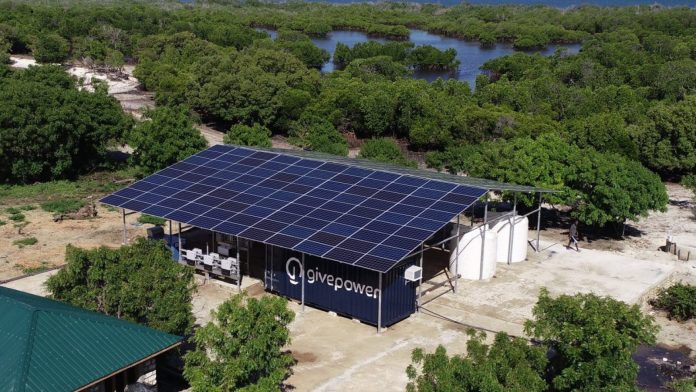
By Orville Williams
The Department of Environment (DoE) will soon be attempting to overcome some of the harsh challenges to both water and food security that usually come with the drought conditions that consistently affect the island.
Using sustainable technologies like solar-powered reverse osmosis units and solar-powered water pumps, the – hold your breath – “Innovative Technologies for Improved Water Availability to Increase Food Security in Antigua and Barbuda Project” or “AF Innovation Project” for short, is meant to boost the country’s food security by “facilitating the availability and use of ground or surface water for agricultural purposes.”
According to the DoE, the project is courtesy of a US$250,000 grant secured under the Adaptation Fund and is scheduled to be completed within years. The aforementioned technologies are expected to be procured by October, followed by their implementation before year-end.
Coordinator of the project, the DoE’s Christa-Joy Burton, told Observer that farmers will of course be the primary beneficiaries of these innovations, having suffered barren lands and lost crop yields over several years due to drought.
In fact, she says her department has already started to figure out ways to offer them some support.
“We are already working with farmers – we’ve started to have some informal consultations with them [and] we’re going to be seeing if we can utilise the [unit] at the Cades Bay site. We’ve [also] started speaking with farmers at Boggy Peak, we’ve started looking at the land to see what the waterway is like, [whether] we can clear the land and [try to] get them access to water for their farms.”
She added that the DoE was further encouraged by the number of farmers working together at Boggy Peak, in an attempt to solve their water woes.
By the second and final year of the project, the DoE is expecting the units to be in place and active, so that the necessary monitoring and assessments can be done, before that research is used to “develop policy and standards to ensure the sustained availability of water for agriculture.”
Once that goes well, Burton added, they will be making efforts to expand the project to meet more demand.
“Whenever we do a pilot project, we take the data [and] the lessons learnt from that, and when we reapply to these types of funds [Adaptation Fund and Green Climate Fund], we’re able to show them what we’ve done so far, and then we’re able to get even more funding.
“[So], we definitely intend to see if [this project] can work, and then we’ll start to look at other sections of the island. I believe it’s very possible.”
Sustainability is also at the core of the project, as the DoE noted that the reverse osmosis units currently being used on the island are “powered by electrical grids that require large amounts of fossil fuel oil, creating a significant dependency for both the food and water sector on the importation and combustion of fossil fuels.”
It added that “the importation and use of fossil fuels create harmful greenhouse gas (GHG) emissions, which depletes the nation’s air quality and worsens its carbon footprint.”
The units to be used in the AF Innovation Project, in contrast, “will not only help to improve the nation’s food and water supply but also reduce national GHG emissions.”
The DoE further disclosed that the units will be resilient to disruptions from grid instabilities or extreme climate events, such as hurricanes.
